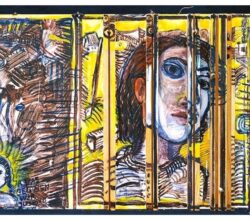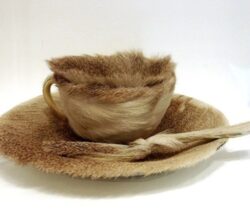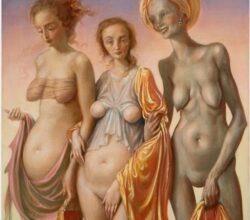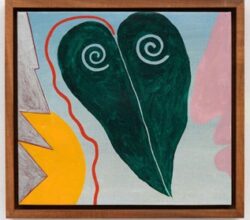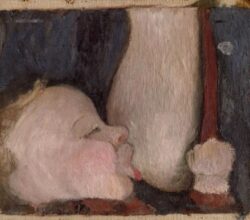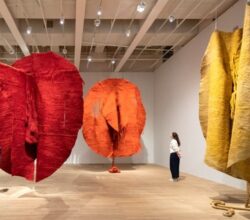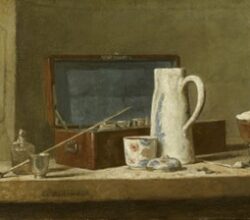
Things, Musée du Louvre, Paris review – the still life brought alive
Mark Kidel | the arts desk | 15th November 2022
Still life, a genre that goes back to the ancient Greeks, is sometimes thought of as the study of inanimate things. A “stupendous, exhilarating” exhibition in Paris demonstrates that, irrespective of their subject, these are works that throb with life. They are made vital by our ideas about things – “our attachments, our hopes, our whims and our follies”. In that sense “the world of things … is always alive”. Multiple images are here.


